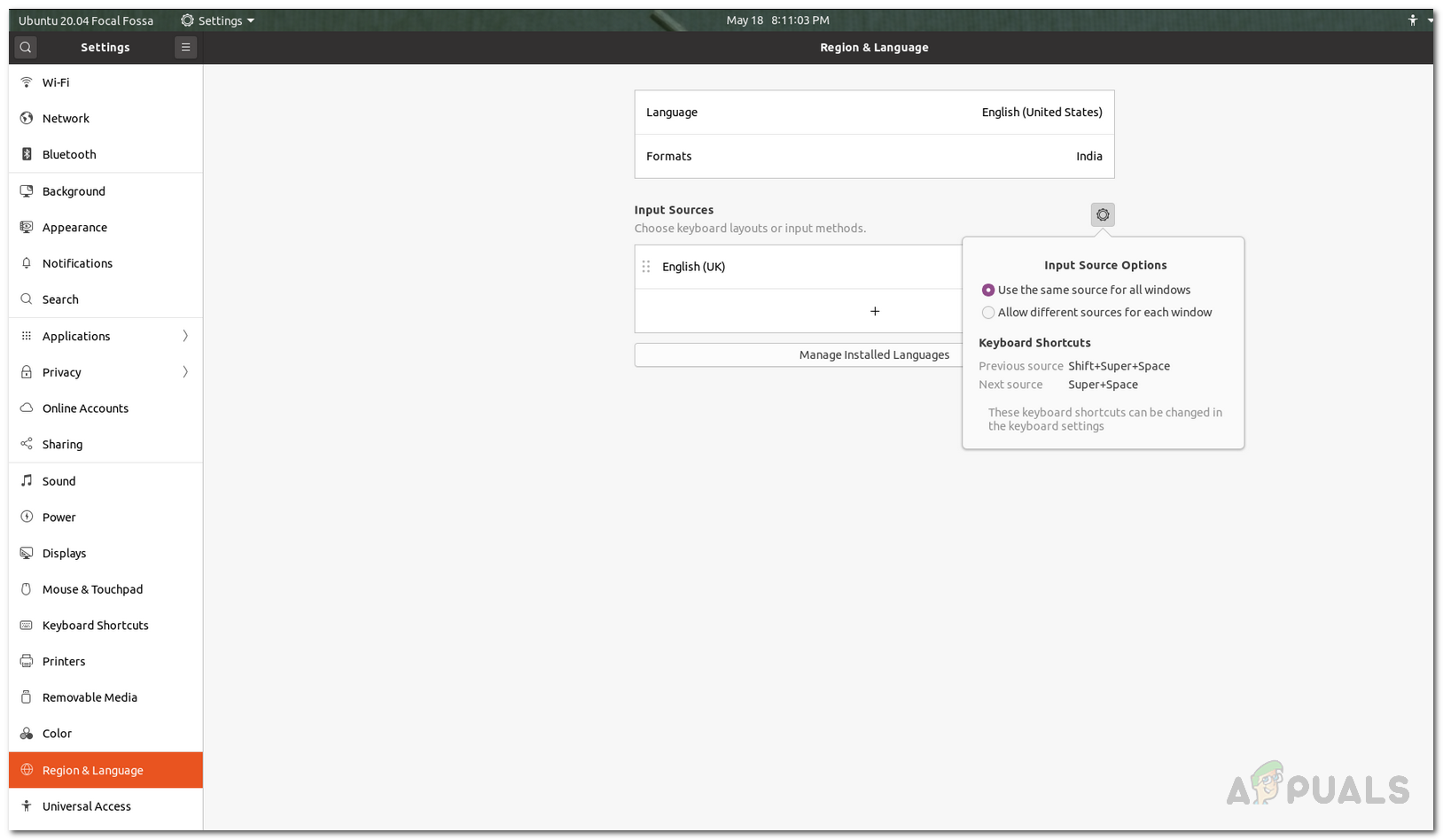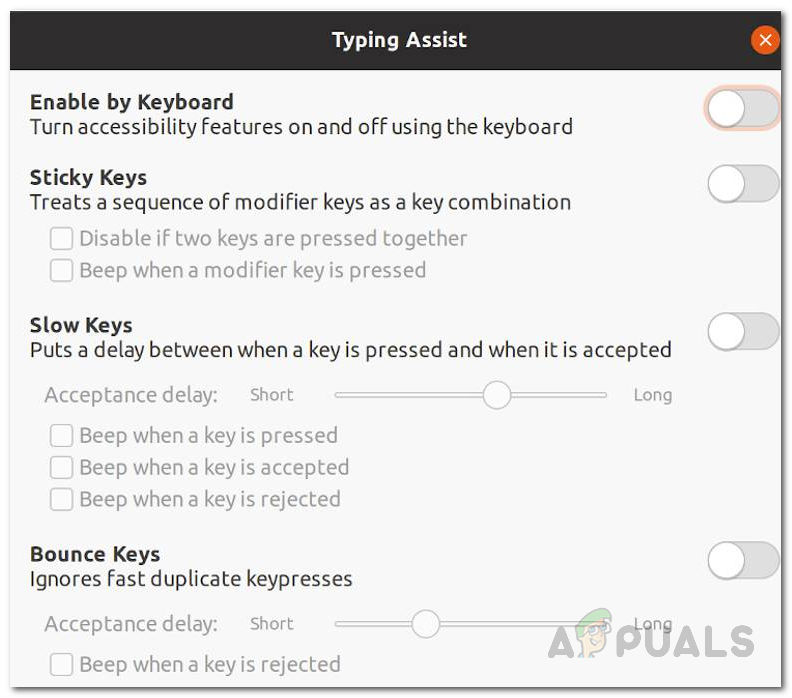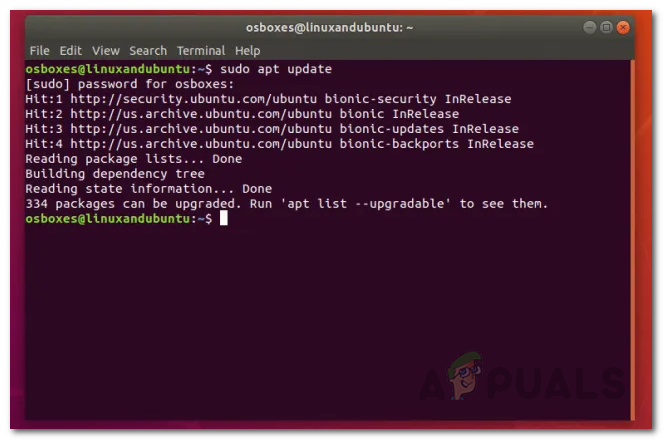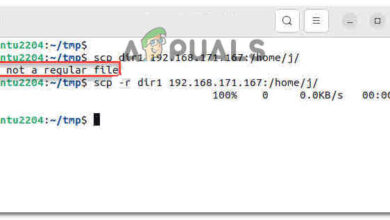[FIX] Ubuntu 20.04 LTS Keyboard and Mouse not Working
After upgrading to the latest Ubuntu 20.04 LTS release, some users have reported their keyboard and mouse becoming unresponsive, particularly at the login screen. This issue often points to problems with USB input drivers, which may have been affected by recent system updates.
The primary cause is typically driver corruption or failure, though it could also result from kernel-related bugs or hardware conflicts.

Method 1: Check Keyboard Layout
This is the most obvious step you should take whenever you face any issue with your keyboard. If you are not able to use your keyboard, it could be due to the keyboard layout being set to a different language. If this is the case, the resolution is pretty simple. You need to change the keyboard layout from the settings.
- First of all, search for Settings and then open the window. Alternatively, you can also go to the Settings by clicking your username on the top bar and then selecting System Settings.
- In the Settings window, navigate to the Region and Language tab at the bottom.

Region and Language - Check the entry under Input Sources. Make sure it is the same as your keyboard. If not, click the + icon to add your keyboard layout.
- Once added, you can remove the previous input source by clicking the Trash bin icon.
Method 2: Turn Off Slow Keys or Bounce Keys
Slow keys and bounce keys are features of the GNOME desktop environment. Slow keys are a feature that puts a delay between when the letter key is pressed on the keyboard and when that letter is displayed on the screen. If the slow keys feature is enabled, you will have to hold each key that you wish to press before it is registered.
Bounce keys is a similar feature. Intended for users with physical disabilities, bounce keys tell the system to ignore repeated and rapid presses of the same key based on its configuration. You need to turn off these features to restore the input to the default state.
- First of all, open the Settings window from the top bar by clicking on your username and selecting Settings from the drop-down menu.
- After that, navigate to the Universal Access tab.
- Under Typing, click on the Typing Assist (AccessX) option.

Typing Assist - Disable the typing assist option from the pop-up window, which will turn off both the slow and bounce keys features.
Method 3: Update Your System
If you are not able to use the keyboard only on the desktop screen and it works perfectly fine everywhere else, then it is probably because of a bug with the GNOME desktop icons. If this is the case, it is evident that your system is not up-to-date and needs to be updated as this bug has been fixed.
- First of all, open a Terminal window.
- After that, enter the following command to update the packages database:
sudo apt update

- Once this command has run successfully, enter the following command to initiate the upgrade:
sudo apt upgrade
- When prompted, type Y to start the upgrade. Wait for it to complete.
- Once it has completed, reboot your system and see if the issue is fixed.
In case the issue is still not fixed, you can remove the GNOME desktop icons for the time being. To remove the GNOME desktop icons package, use the following command:
sudo apt purge gnome-desktop-icons
Once removed, you can install another file manager, and you’ll be good to go.
Method 4: Reinstall Ubuntu
If you installed a fresh copy of the Ubuntu 20.04 version and had other external media connected to the system, the problem of the keyboard and mouse not working could be because of that. If this is the case, you need to reinstall Ubuntu while ensuring that no other external USB devices or media are connected to the system except the USB drive with the installation media. If you have important information, you can either back it up or avoid partitioning the home directory during the installation.





